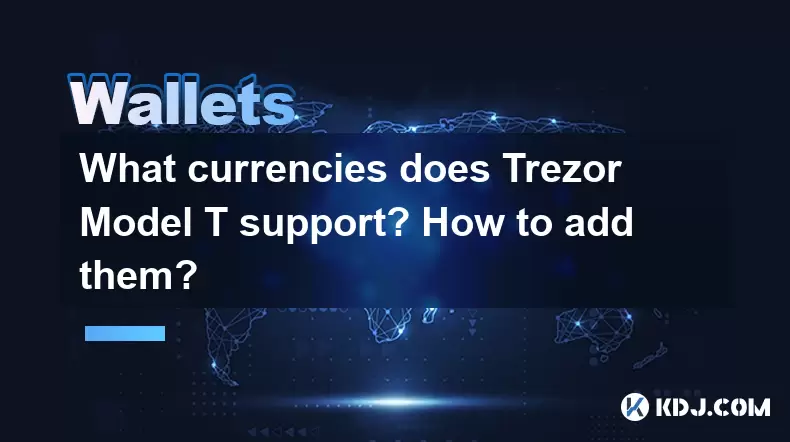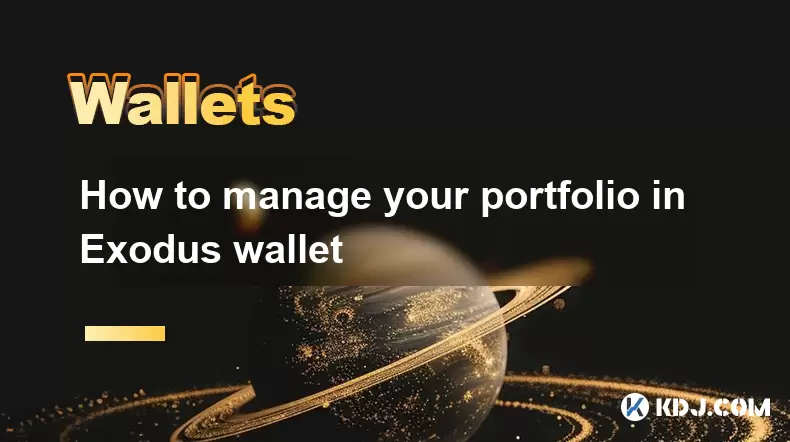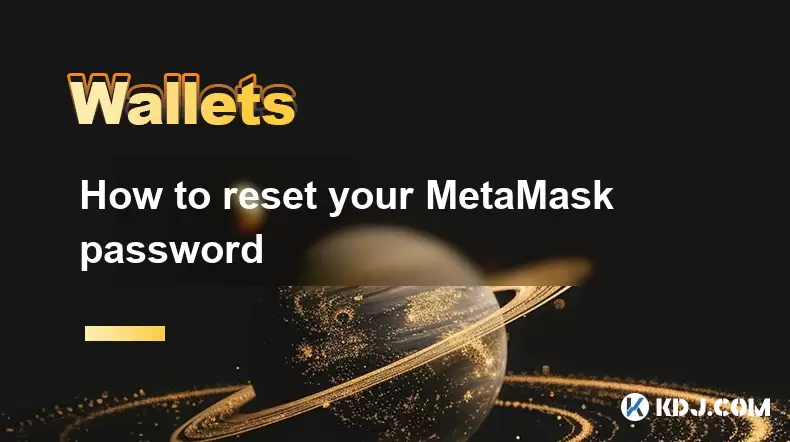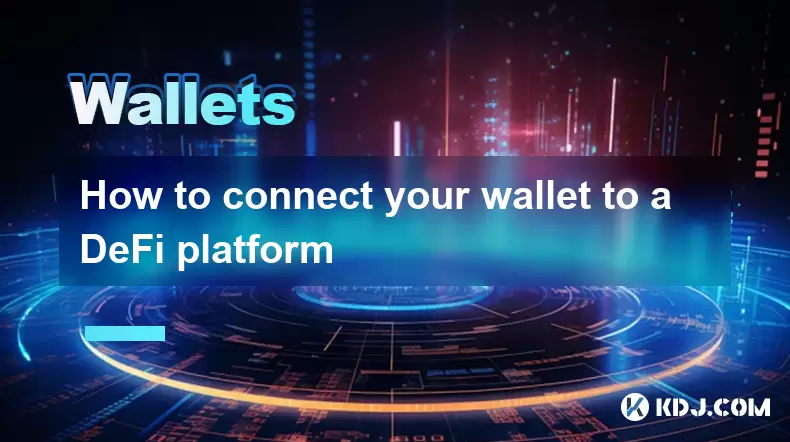-
 Bitcoin
Bitcoin $118000
0.40% -
 Ethereum
Ethereum $4525
2.14% -
 XRP
XRP $3.111
0.18% -
 Tether USDt
Tether USDt $1.001
0.00% -
 BNB
BNB $857.7
2.51% -
 Solana
Solana $192.7
1.99% -
 USDC
USDC $0.9999
-0.01% -
 Dogecoin
Dogecoin $0.2372
2.81% -
 Cardano
Cardano $0.9621
4.53% -
 TRON
TRON $0.3550
1.92% -
 Chainlink
Chainlink $25.91
14.15% -
 Hyperliquid
Hyperliquid $46.75
0.08% -
 Stellar
Stellar $0.4288
0.33% -
 Sui
Sui $3.817
1.25% -
 Bitcoin Cash
Bitcoin Cash $585.5
-0.31% -
 Ethena USDe
Ethena USDe $1.001
0.00% -
 Hedera
Hedera $0.2545
0.88% -
 Avalanche
Avalanche $25.26
4.03% -
 Litecoin
Litecoin $121.4
0.85% -
 Toncoin
Toncoin $3.502
1.28% -
 UNUS SED LEO
UNUS SED LEO $9.588
1.89% -
 Shiba Inu
Shiba Inu $0.00001315
1.21% -
 Uniswap
Uniswap $11.19
1.40% -
 Polkadot
Polkadot $4.099
3.12% -
 Dai
Dai $1.000
0.00% -
 Bitget Token
Bitget Token $4.694
1.31% -
 Cronos
Cronos $0.1518
0.03% -
 Monero
Monero $269.7
6.61% -
 Ethena
Ethena $0.7200
-1.56% -
 Pepe
Pepe $0.00001128
1.97%
What currencies does Trezor Model T support? How to add them?
Trezor Model T supports a wide range of cryptocurrencies like BTC, ETH, LTC, XRP, and ERC-20 tokens, making it easy to manage diverse crypto portfolios.
May 08, 2025 at 08:42 pm

The Trezor Model T is a popular hardware wallet that supports a wide range of cryptocurrencies, making it a versatile choice for crypto enthusiasts. In this article, we will explore the various currencies supported by the Trezor Model T and provide a detailed guide on how to add them to your wallet.
Supported Currencies on Trezor Model T
The Trezor Model T supports an extensive list of cryptocurrencies, ensuring that users can manage their diverse portfolios with ease. Some of the most popular cryptocurrencies supported include Bitcoin (BTC), Ethereum (ETH), Litecoin (LTC), and Ripple (XRP). Additionally, the wallet supports a variety of altcoins and tokens, such as Cardano (ADA), Stellar (XLM), and numerous ERC-20 tokens.
To get a comprehensive list of supported currencies, you can visit the official Trezor website or use the Trezor Suite, the official software for managing your Trezor Model T. The list of supported currencies is regularly updated, so it's a good practice to check for new additions periodically.
Adding Bitcoin to Trezor Model T
Adding Bitcoin to your Trezor Model T is a straightforward process. Here's how you can do it:
- Connect your Trezor Model T to your computer using the provided USB cable.
- Open the Trezor Suite on your computer. If you haven't installed it yet, you can download it from the official Trezor website.
- Navigate to the "Portfolio" section in the Trezor Suite.
- Click on "Add Account" and select "Bitcoin" from the list of available cryptocurrencies.
- Follow the on-screen instructions to set up your Bitcoin account. This will include generating a new address and setting up the necessary parameters.
- Once the setup is complete, your Bitcoin account will be added to your Trezor Model T, and you can start sending and receiving Bitcoin.
Adding Ethereum and ERC-20 Tokens to Trezor Model T
Adding Ethereum and ERC-20 tokens to your Trezor Model T follows a similar process to adding Bitcoin. Here's how you can do it:
- Connect your Trezor Model T to your computer using the provided USB cable.
- Open the Trezor Suite on your computer.
- Navigate to the "Portfolio" section in the Trezor Suite.
- Click on "Add Account" and select "Ethereum" from the list of available cryptocurrencies.
- Follow the on-screen instructions to set up your Ethereum account. This will include generating a new address and setting up the necessary parameters.
- Once the Ethereum account is set up, you can add ERC-20 tokens by clicking on "Add Token" within the Ethereum account section.
- Select the ERC-20 token you want to add from the list of available tokens. If the token you want to add is not listed, you can manually enter its contract address.
- Follow the on-screen instructions to complete the addition of the ERC-20 token. Once done, the token will be added to your Trezor Model T, and you can start managing it.
Adding Altcoins to Trezor Model T
Adding altcoins such as Litecoin, Ripple, and Cardano to your Trezor Model T is also a straightforward process. Here's how you can do it:
- Connect your Trezor Model T to your computer using the provided USB cable.
- Open the Trezor Suite on your computer.
- Navigate to the "Portfolio" section in the Trezor Suite.
- Click on "Add Account" and select the altcoin you want to add from the list of available cryptocurrencies.
- Follow the on-screen instructions to set up your altcoin account. This will include generating a new address and setting up the necessary parameters.
- Once the setup is complete, your altcoin account will be added to your Trezor Model T, and you can start sending and receiving the altcoin.
Managing Multiple Currencies on Trezor Model T
One of the key advantages of the Trezor Model T is its ability to manage multiple currencies within a single device. Here's how you can manage multiple currencies effectively:
- Use the Trezor Suite to view and manage all your accounts in one place. The "Portfolio" section provides an overview of all your accounts and their balances.
- Organize your accounts by grouping them into categories or using labels. This can help you keep track of your different cryptocurrencies more easily.
- Regularly update your Trezor Suite to ensure that you have the latest features and support for new cryptocurrencies.
- Use the Trezor Model T's advanced security features, such as passphrase protection and two-factor authentication, to enhance the security of your multiple accounts.
Troubleshooting Common Issues
While adding currencies to your Trezor Model T is generally a smooth process, you may encounter some common issues. Here are some troubleshooting tips:
- If you're having trouble connecting your Trezor Model T to your computer, ensure that you're using the correct USB cable and that the device is properly plugged in. You may also need to update your device's firmware.
- If you're unable to add a specific cryptocurrency, check if it is supported by the Trezor Model T. You can find the list of supported currencies on the official Trezor website.
- If you're experiencing issues with the Trezor Suite, try restarting the application or reinstalling it. Make sure you're using the latest version of the software.
- If you encounter any error messages, take note of the error code and refer to the Trezor support documentation or contact their customer support for assistance.
Frequently Asked Questions
Q: Can I add custom tokens to my Trezor Model T?
A: Yes, you can add custom tokens to your Trezor Model T, especially if they are ERC-20 tokens. To do this, you need to add an Ethereum account first and then manually enter the contract address of the custom token within the "Add Token" section of the Ethereum account.
Q: Is it possible to use the Trezor Model T with mobile devices?
A: Yes, the Trezor Model T can be used with mobile devices. You can download the Trezor Suite mobile app from the respective app stores and connect your Trezor Model T using a USB OTG cable or through Bluetooth, depending on your device's capabilities.
Q: How do I recover my Trezor Model T if I lose it?
A: If you lose your Trezor Model T, you can recover your funds using the recovery seed. During the initial setup of your Trezor Model T, you were provided with a recovery seed, which is a list of words. To recover your wallet, you'll need to purchase a new Trezor Model T, set it up, and enter the recovery seed when prompted. This will restore all your accounts and funds.
Q: Can I use the Trezor Model T with third-party wallets?
A: Yes, the Trezor Model T is compatible with several third-party wallets, such as Electrum for Bitcoin and MyEtherWallet for Ethereum. To use the Trezor Model T with these wallets, you'll need to connect your device and follow the specific instructions provided by the third-party wallet software.
Disclaimer:info@kdj.com
The information provided is not trading advice. kdj.com does not assume any responsibility for any investments made based on the information provided in this article. Cryptocurrencies are highly volatile and it is highly recommended that you invest with caution after thorough research!
If you believe that the content used on this website infringes your copyright, please contact us immediately (info@kdj.com) and we will delete it promptly.
- Kazakhstan's Crypto Leap: Bitcoin ETF and Central Asia's Digital Finance Future
- 2025-08-13 12:45:19
- BlockDAG Presale Blazes Past $371M: Fundraising Frenzy Fuels Crypto Sensation
- 2025-08-13 13:05:21
- Meme Coins: Chasing the 2025 Surge – Which Will Moonshot?
- 2025-08-13 10:25:23
- Bitcoin's Wild Ride: Rally, Pullback, and What's Next
- 2025-08-13 10:25:23
- Bitcoin, Bitmax, and Institutional Demand: A New Era of Crypto Investment
- 2025-08-13 10:45:12
- Solana, ROAM, and Airdrops: What's the Buzz in 2025?
- 2025-08-13 11:35:13
Related knowledge

How to wrap Ethereum (wETH) in MetaMask
Aug 13,2025 at 11:36am
Understanding Wrapped Ethereum (wETH)Wrapped Ethereum (wETH) is a tokenized version of native Ethereum (ETH) that conforms to the ERC-20 standard, ena...

How to manage your portfolio in Exodus wallet
Aug 08,2025 at 10:07pm
Understanding the Exodus Wallet InterfaceThe Exodus wallet is a non-custodial cryptocurrency wallet that supports a wide range of digital assets. When...

How to manage your portfolio in Exodus wallet
Aug 13,2025 at 11:35am
Understanding the Exodus Wallet InterfaceThe Exodus wallet is a non-custodial cryptocurrency wallet that supports a wide range of digital assets. Upon...

How to reset your MetaMask password
Aug 08,2025 at 01:28pm
Understanding the MetaMask Password Reset ProcessMany users confuse the MetaMask password with the seed phrase or private key, but they serve differen...

How to use WalletConnect with Trust Wallet
Aug 13,2025 at 01:07am
What Is WalletConnect and Why It Matters for Trust Wallet UsersWalletConnect is an open-source protocol that enables secure communication between dece...

How to connect your wallet to a DeFi platform
Aug 13,2025 at 11:36am
Understanding Wallet Compatibility with DeFi PlatformsBefore connecting your wallet to any DeFi platform, it's essential to ensure your wallet is comp...

How to wrap Ethereum (wETH) in MetaMask
Aug 13,2025 at 11:36am
Understanding Wrapped Ethereum (wETH)Wrapped Ethereum (wETH) is a tokenized version of native Ethereum (ETH) that conforms to the ERC-20 standard, ena...

How to manage your portfolio in Exodus wallet
Aug 08,2025 at 10:07pm
Understanding the Exodus Wallet InterfaceThe Exodus wallet is a non-custodial cryptocurrency wallet that supports a wide range of digital assets. When...

How to manage your portfolio in Exodus wallet
Aug 13,2025 at 11:35am
Understanding the Exodus Wallet InterfaceThe Exodus wallet is a non-custodial cryptocurrency wallet that supports a wide range of digital assets. Upon...

How to reset your MetaMask password
Aug 08,2025 at 01:28pm
Understanding the MetaMask Password Reset ProcessMany users confuse the MetaMask password with the seed phrase or private key, but they serve differen...

How to use WalletConnect with Trust Wallet
Aug 13,2025 at 01:07am
What Is WalletConnect and Why It Matters for Trust Wallet UsersWalletConnect is an open-source protocol that enables secure communication between dece...

How to connect your wallet to a DeFi platform
Aug 13,2025 at 11:36am
Understanding Wallet Compatibility with DeFi PlatformsBefore connecting your wallet to any DeFi platform, it's essential to ensure your wallet is comp...
See all articles

























































































